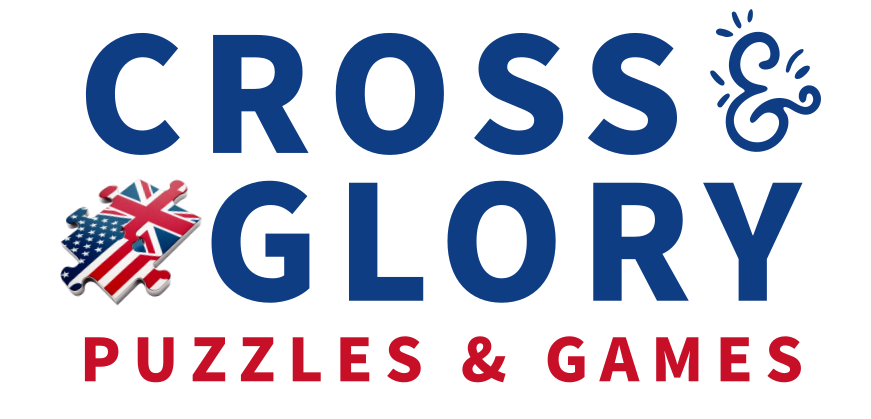In a world that values constant productivity, taking breaks can feel like a luxury—but they’re essential for maintaining focus, creativity, and overall well-being. One of the best ways to recharge your mind? Solving puzzles. Whether it’s a solo challenge or a shared experience with loved ones, puzzling is the perfect break-time activity, blending relaxation with mental stimulation. Let’s explore how puzzles can help you step away, reset, and return to your tasks refreshed.
1. Why Taking Breaks Boosts Productivity
Contrary to popular belief, powering through work without breaks doesn’t lead to better results. Our brains have a limited attention span, and mental fatigue can creep in when we’re overworked. Taking short, meaningful breaks allows your mind to rest, improving focus, creativity, and overall productivity when you return.
Puzzles offer the perfect way to “pause” while still engaging your brain. The act of solving a puzzle—whether it’s searching for the next piece or spotting patterns—provides a mental reset that clears your mind and boosts motivation. For a deeper look into the link between puzzling and productivity, check out Puzzles and Productivity: Can Completing a Puzzle Actually Boost Your Work Output.
2. Engage Your Brain Without Overloading It
Puzzles strike the perfect balance between challenge and relaxation. While activities like scrolling on your phone may seem like a “break,” they can overstimulate your brain, leaving you feeling drained. In contrast, puzzles provide mental engagement without stress.
Working on a puzzle activates both the logical and creative sides of your brain, keeping you focused in a calming way. Whether you’re tackling a 500-piece landscape or solving a smaller puzzle, this mindful activity can recharge your energy and improve your problem-solving skills.
3. Getting “Unstuck” with a Mental Reset
We’ve all been there—hitting a mental block while working on a project or task. Stepping away and focusing on a different kind of challenge, like a puzzle, can give your brain the reset it needs. Solving a few pieces shifts your focus, allows creative ideas to flow, and helps you return to your task with a fresh perspective.
If you ever get stuck on a puzzle, don’t worry! Even the most experienced puzzlers hit roadblocks. For helpful strategies to keep progressing, read Stuck on a Puzzle? Don’t Panic—Here’s How to Get Unstuck.
4. The Joy of Shared Breaks: Puzzling Together
Breaks don’t have to be a solo activity. Puzzling with a partner, friend, or family member can turn your downtime into a shared experience, fostering teamwork and connection. Working on a puzzle together encourages collaboration, communication, and laughter—all of which help reduce stress and improve mood.
If you’re looking for puzzles that are perfect for couples, explore Great Puzzles for Couples: A Journey of Togetherness and Challenge. Taking breaks as a team can strengthen bonds while providing the mental recharge you both need.
5. Incorporating Puzzle Breaks into Your Routine
Puzzles are versatile—they can fit into almost any break time. Here are a few ways to incorporate puzzling into your day:
- Short Breaks (10–15 minutes): Work on sorting pieces or assembling a small section of your puzzle.
- Midday Recharge: Spend 20–30 minutes solving a puzzle to clear your mind before returning to work.
- Evening Wind-Down: Use puzzling as a calming activity to relax and transition out of a busy day.
These intentional puzzle breaks not only reduce stress but also improve your overall productivity and focus.
Conclusion
Puzzles are more than just a fun pastime—they’re a powerful tool for recharging your mind and body. By stepping away from work and engaging in a puzzle, you allow yourself to reset, reduce stress, and return with renewed energy. Whether you’re solving solo or puzzling with a partner, taking breaks with puzzles can transform your day, one piece at a time. So next time you feel overwhelmed or stuck, give yourself permission to pause—and let the puzzle do its magic.

